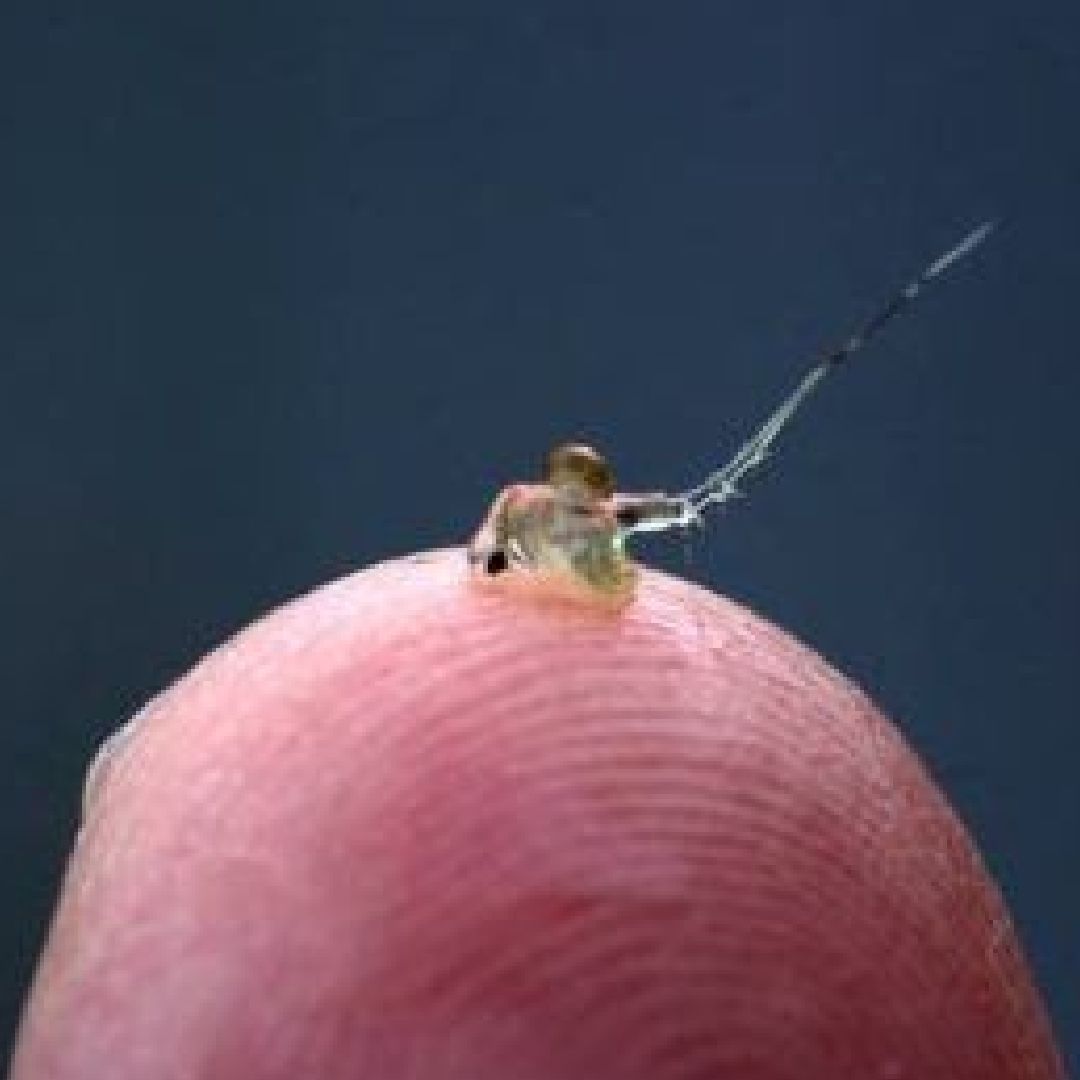Where are Spiny Waterflea (SWF) from and how did they get here?
SWF were introduced to the Great Lakes via ship ballast water from Europe in the 1980s. Because they are so small and translucent, they are virtually invisible.
How do I identify SWF?
SWF are only 1/4”-1/2” long with a translucent body. They are very difficult to spot unless they are in a cluster, as they tend to form on fishing lines and downrigger cables. They are primarily characterized by a very long spine that extends from the abdomen. They also have a dark black eye
Please contact our Woods and Water Team if you think you have found SWF.
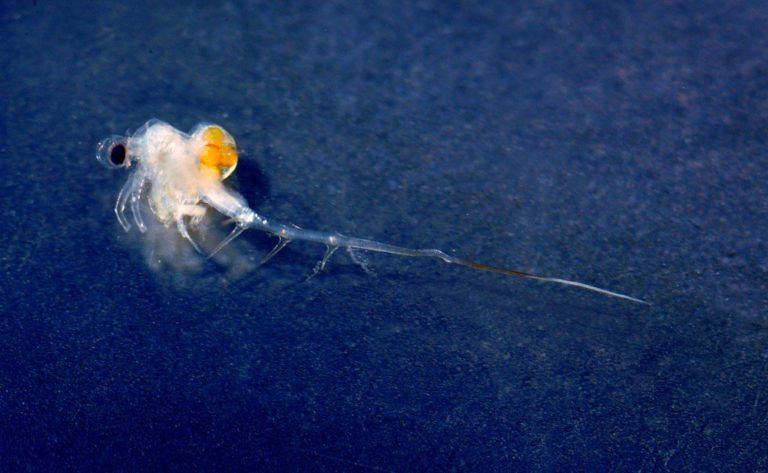
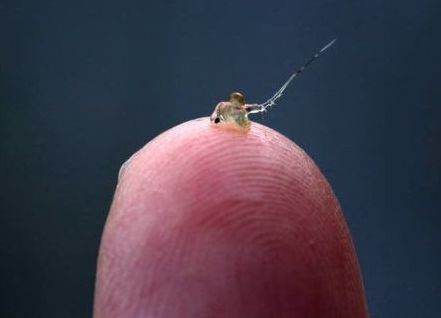
How do SWF affect Wisconsin water bodies?
SWF are predatory zooplankton. They eat smaller zooplankton, and are therefore direct competitors with juvenile fish for food. The smaller zooplankton SWF eats are also consumers of algae, and in some lakes infested with SWF, there may be a drop in water clarity due to increase in algae growth. Many young fish cannot eat SWF due to their long pointy tails.
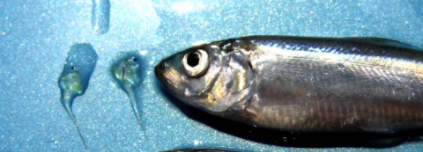
What can be done once SWF enter a water body?
Unfortunately there are no control methods for SWF at this time. The best method of treatment is preventing them from entering a water body in the first place. Because SWF are virtually invisible, it is important to take care to drain all water from boats before leaving a landing, and to clean all mud off anchors, ropes, and trailers. SWF eggs, which are tiny, can be hidden in mud stuck to equipment.
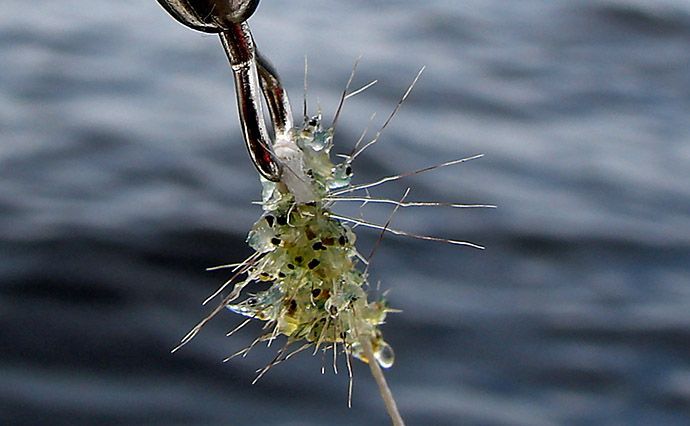
additional resources
Manitowish Waters Lakes Association
Wisconsin DNR Aquatic Invasive Species
Great Lakes Indian Fish & Wildlife Commission (GLIFWC) Invasive Species Area Maps
books (available for loan)
Lake Plants You Should Know- A Visual Field Guide, University of Wisconsin- Extension
Aquatic Plants of the Upper Midwest- A Photographic Field Guide To Our Underwater Forests, Paul Skawinski
Through the Looking Glass- A Field Guide to Aquatic Plants, Susan Borman, Robert Korth, and Jo Temte.
Saving Our Lakes and Streams, James A. Brakken



